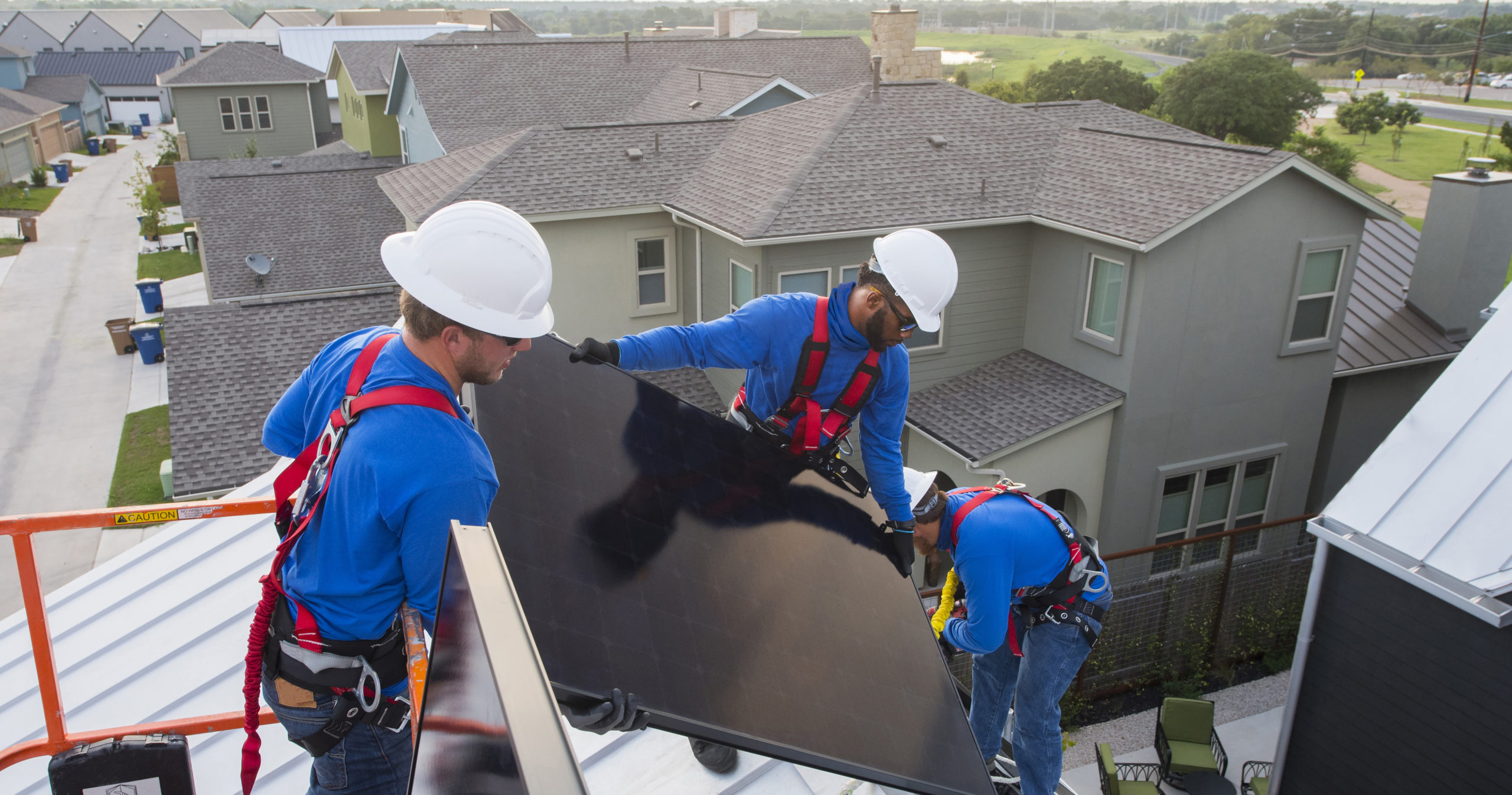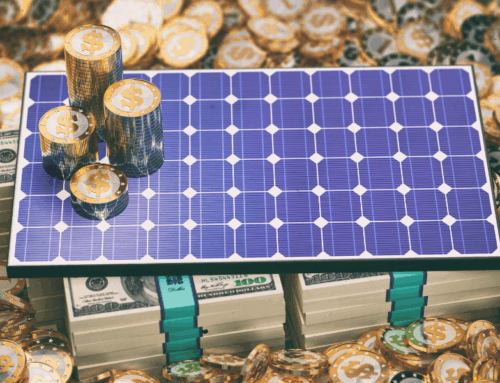The solar industry’s growth has been nothing short of remarkable. Have you ever wondered about the extent of solar photovoltaic (PV) adoption in the U.S.? Brace yourself for these astounding facts:
In Q3 2020 alone, the U.S. added a staggering 3.8 gigawatts (GW) of solar PV capacity, bringing the total installed capacity to 88.9 GW. This immense capacity can power a whopping 16.4 million American homes. The surge in residential installations during Q3, following a dip in the second quarter due to shelter-in-place orders, contributed significantly to this growth. Projections for 2020 indicate an overall annual growth rate of 43% across all types of solar installations.
American solar power doesn’t just stop at impressive numbers; it’s also a potent force against climate change. Solar energy in the U.S. offsets over 70 million metric tons of carbon dioxide – equivalent to planting a staggering 1.2 billion trees. While utility-scale projects make up a substantial portion of solar-generated power, residential rooftop solar installations, averaging about 5kW (or roughly 20 panels), play a pivotal role in reducing greenhouse gas emissions. By 2019, more than 2 million U.S. homes had embraced solar technology.
This solar momentum isn’t confined to U.S. borders; it’s a global phenomenon. By the close of 2019, the world had installed a cumulative total of 629 GW of solar power. Photovoltaic growth globally is incredibly dynamic, varying significantly from one country to another. China led the charge, boasting 208 GW of installed solar capacity by early 2020, comprising one-third of the global total. The U.S. secured the second position in this worldwide solar race.
Now, the question arises: Is it your turn to hop on the bandwagon and contribute to this sustainable movement? Discover how you can be part of the solar revolution and embrace a greener, more sustainable future.








